Home>Dining>Table Decor>How Far In Advance Can You Make Floral Arrangements
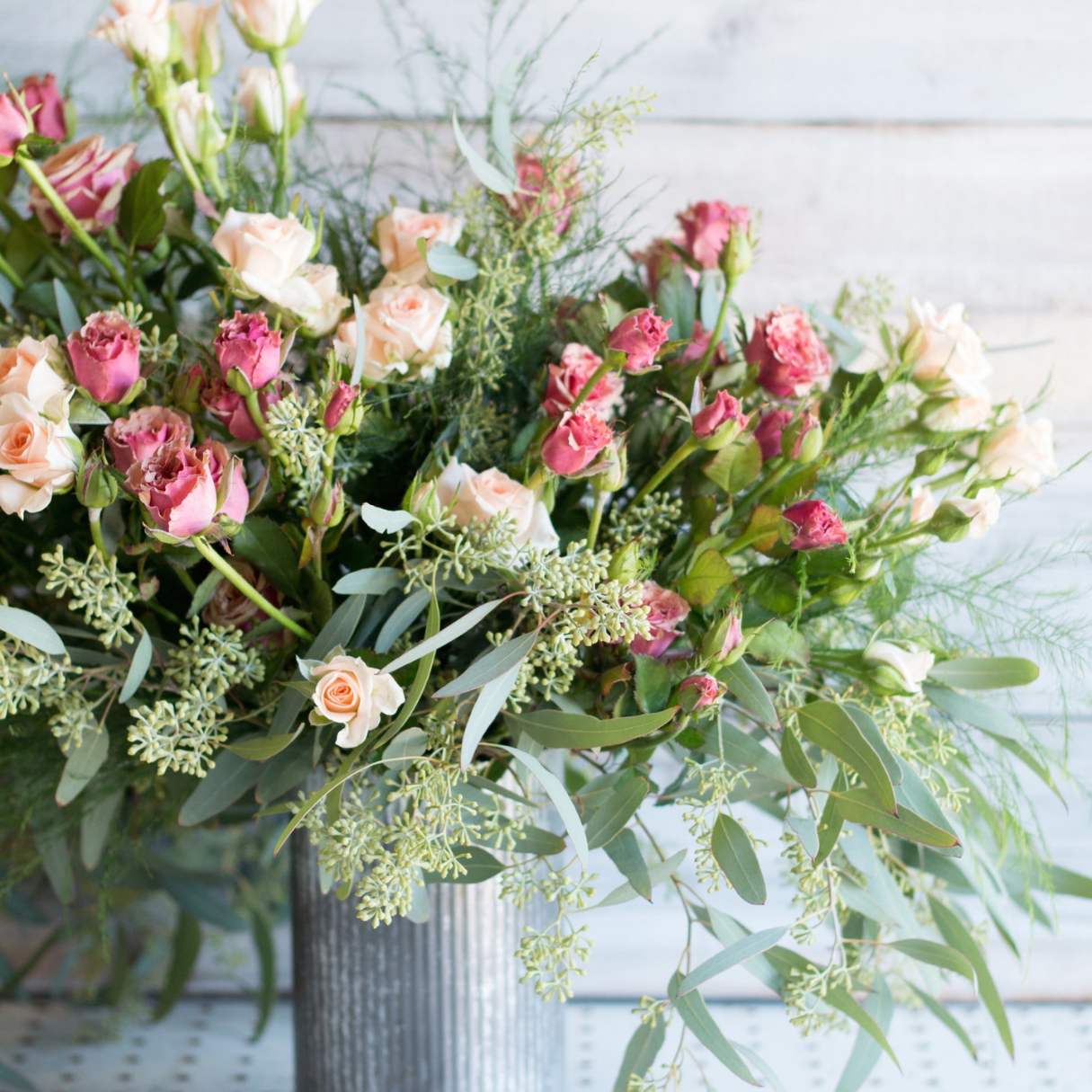

Table Decor
How Far In Advance Can You Make Floral Arrangements
Modified: October 19, 2024
Discover how far in advance you can create stunning floral arrangements for your table decor and bring the beauty of nature to your event.
(Many of the links in this article redirect to a specific reviewed product. Your purchase of these products through affiliate links helps to generate commission for Storables.com, at no extra cost. Learn more)
Introduction
When it comes to planning an event or simply sprucing up your home, floral arrangements can add a touch of elegance and beauty to any space. Whether you’re looking to create a stunning centerpiece for a special occasion or wanting to brighten up your living room with a beautiful bouquet, it’s important to know how far in advance you can make floral arrangements to ensure they stay fresh and vibrant.
The longevity of floral arrangements depends on several factors, including the type of flowers used, the method of preservation, and the environmental conditions they are exposed to. By understanding these factors and following some useful tips, you can maximize the lifespan of your floral arrangements and ensure they look their best for as long as possible.
In this article, we will explore the different types of floral arrangements – fresh, dried, and silk – and discuss the recommended timeframes for creating them in advance. We will also provide some helpful tips for extending the lifespan of your floral arrangements, so you can make the most out of your beautiful blooms.
Key Takeaways:
- Plan fresh flower arrangements 1-2 days before events for optimal freshness. Consider hardy flowers like roses for arrangements up to a week in advance in a cool environment.
- Dried and silk flower arrangements offer flexibility in timing. Create dried arrangements weeks ahead and silk arrangements at your convenience for stress-free planning.
Read more: How To Make Hydrangea Floral Arrangements
Factors to Consider
When determining how far in advance you can make floral arrangements, it’s essential to take into account several factors that can influence their longevity. Here are the key factors to consider:
- Flower type: Different flowers have varying lifespans once they are cut, so it’s important to choose flowers that have a longer shelf life. Some flowers, like roses and orchids, can last for a week or more, while others, such as tulips or daisies, may only last a few days. Consider the specific needs of the flowers you choose in terms of water requirements and susceptibility to wilting.
- Environment: The conditions in which the floral arrangements are kept can greatly impact their appearance and durability. Factors such as temperature, humidity, and exposure to direct sunlight can speed up the wilting process. It’s best to keep your arrangements in a cool, shaded area away from drafts and extreme temperatures.
- Packaging and transportation: How you package and transport your floral arrangements can affect their freshness and overall quality. Ensure that the flowers are properly hydrated and place them in a suitable container or vase for transportation. Avoid overcrowding the flowers, as this can lead to damage or wilting.
- Preservatives: Using floral preservatives can help extend the life of your arrangements. These powders or liquids can be added to the water to provide essential nutrients and inhibit bacterial growth. Follow the instructions provided with the preservative to ensure that you are using the correct amount.
- Arrangement style: The design and style of your floral arrangement can also affect its longevity. More compact arrangements tend to last longer than elaborate, sprawling ones. Tighter clusters of flowers, with their stems secured in floral foam or by using a grid system, are less likely to move around and become damaged.
By considering these factors, you can determine the best timeframe for creating your floral arrangements and ensure that they stay fresh and beautiful throughout your event or home display.
Types of Floral Arrangements
Floral arrangements come in various forms and styles, each offering its own unique aesthetic appeal. Here are the three main types of floral arrangements:
- Fresh Flowers: Fresh flower arrangements are the most common and popular choice for many occasions. These arrangements feature freshly cut flowers that are carefully arranged in a vase or container. Fresh flowers offer a delightful fragrance and vibrant colors that can instantly elevate any space. They are perfect for weddings, parties, and everyday decor. It’s important to note that fresh flower arrangements require regular maintenance to keep them looking their best.
- Dried Flowers: Dried flower arrangements have gained popularity in recent years due to their longevity and unique, rustic charm. Dried flowers are harvested when they are fully matured and have naturally dried over time. These arrangements can last for months or even years if properly cared for. Dried flowers are a great choice for those who want a long-lasting, low-maintenance floral display. They are often used in wreaths, potpourri, and home decor.
- Silk Flowers: Silk flower arrangements are crafted using synthetic flowers made of silk or other artificial materials. These arrangements offer a permanent floral display that can be enjoyed indefinitely. Silk flowers can be incredibly realistic and are often used in special events and home decor. They are ideal for those with allergies or for situations where real flowers may not be practical or available. Silk flower arrangements require minimal upkeep and can be easily cleaned if needed.
Each type of floral arrangement has its own advantages, and the choice depends on personal preferences, event requirements, and the desired lifespan of the arrangement.
Whether you opt for fresh flowers, dried flowers, or silk flowers, understanding the characteristics and care requirements of each type will help you determine when to make your arrangements and how to maintain their beauty over time.
Fresh Flowers
Fresh flower arrangements are a classic and timeless choice for adding natural beauty to any space. The vibrant colors, delicate petals, and enchanting fragrance of fresh flowers can create a captivating and inviting atmosphere. When working with fresh flowers, it’s important to consider the preparation, timing, and care required to maximize their lifespan.
Preparing fresh flowers for an arrangement starts with selecting high-quality blooms. Look for flowers with firm stems, vibrant colors, and unopened buds. It’s best to purchase flowers from a reputable florist or local market to ensure freshness. Once you have your flowers, follow these steps to create an exquisite arrangement:
- Hydration: After bringing the flowers home, trim the stems at a 45-degree angle to allow for better water absorption. Remove any foliage that would be submerged in water. Place the stems in a bucket of lukewarm water and allow them to hydrate for a few hours before arranging.
- Vase Selection: Choose a clean vase that is appropriate for the size and style of your arrangement. Fill the vase with fresh water and add floral preservative to help nourish the stems and prevent bacteria growth.
- Arrangement Techniques: There are several techniques for arranging fresh flowers, including the classic round style, cascade style, or even a free-form garden look. Choose a style that complements the occasion and suits your personal taste.
- Placement and Care: Once your arrangement is complete, find a suitable location for it. Avoid placing it in direct sunlight, as this can cause wilting. Keep the flowers away from drafts, heating vents, and fruit bowls, as ethylene gas released by fruits can accelerate the aging process of flowers.
- Maintenance: Fresh flowers require regular maintenance to keep them looking their best. Change the water every two to three days, re-cutting the stems each time to maintain optimal water absorption. Remove any faded or wilting blossoms to promote the longevity of the remaining flowers.
The lifespan of fresh flower arrangements can vary depending on the type of flowers used, environmental conditions, and maintenance. With proper care, most fresh flower arrangements can last anywhere from four to ten days. By following the tips mentioned above and ensuring that your flowers are properly hydrated, you can extend the lifespan of your arrangement and enjoy its beauty for an extended period.
When planning events or special occasions, it’s best to create fresh flower arrangements one to two days before the event to ensure optimal freshness and longevity. However, if you are using hardy flowers like roses or chrysanthemums, you can create the arrangement up to a week in advance, provided you store it in a cool and well-maintained environment.
Remember that different flowers have varying lifespans, so it’s important to consider the specific needs of the flowers you are working with. By following the proper care and handling techniques, you can make the most of your fresh flower arrangements and enjoy their beauty throughout your special occasions or everyday decor.
Dried Flowers
Dried flower arrangements have gained popularity in recent years due to their longevity and unique, rustic charm. These arrangements offer a vintage-inspired aesthetic and can add a touch of whimsy and nostalgia to any space. Dried flowers are harvested when they are fully matured and have naturally dried over time, preserving their shape, color, and texture.
Working with dried flowers presents several advantages. Unlike fresh flowers, dried flowers don’t require constant maintenance and can last for months or even years if properly cared for. They are an excellent choice for those looking for a long-lasting and low-maintenance floral display.
When creating a dried flower arrangement, consider the following steps:
- Harvesting: Choose flowers that are fully matured but not yet past their prime. Harvest them on a dry day to minimize moisture content. Hang the flower stems upside down in a well-ventilated area, away from direct sunlight, and allow them to naturally dry for about two weeks or until they are completely dry and crisp.
- Design and Arrangement: Once the flowers are dried, you can begin arranging them. Select a container that complements the style and theme of your arrangement. Dried flowers can be arranged in various styles, including bouquets, wreaths, or even in vases with dried foliage or grasses.
- Preservation: To maintain the quality of your dried flower arrangement, it’s important to protect it from moisture and direct sunlight. Display them in a cool, dry area away from humid environments. Avoid handling the flowers too much, as they are delicate and can become brittle over time.
- Cleaning: Dust and debris can accumulate on dried flowers over time. Gently dust them with a soft brush or use compressed air to remove any buildup. Avoid using water or liquid cleaning agents, as they can cause the flowers to lose their shape or color.
Dried flower arrangements offer versatility and can be enjoyed in various settings. They are often used in home decor, weddings, and other special events. If you’re planning an event, it’s best to create dried flower arrangements well in advance, as they don’t require last-minute preparation and can be created weeks or even months ahead of time.
By properly caring for your dried flower arrangements, you can enjoy their beauty for an extended period. Keep in mind that over time, the color of the dried flowers may fade slightly, but their charm and unique character will remain intact.
Whether you choose to create a bouquet, wreath, or other dried flower arrangements, they make a wonderful addition to any space and provide a timeless and enduring beauty that fresh flowers cannot offer.
You can make floral arrangements 1-2 days in advance for maximum freshness. Keep them in a cool, dark place and mist them with water to keep them hydrated.
Read more: How To Make Easter Floral Arrangements
Silk Flowers
Silk flower arrangements provide a permanent floral display that can be enjoyed indefinitely. Made from synthetic materials like silk or polyester, these artificial blooms offer a realistic and lifelike alternative to fresh flowers. Silk flowers are a great choice for those who want the beauty of flowers without the worry of wilting or frequent maintenance.
Working with silk flowers allows for greater flexibility in terms of arrangement and design. These artificial blooms are available in a wide variety of colors, shapes, and sizes, making it easy to create custom arrangements that suit your personal style and preferences.
When creating a silk flower arrangement, consider the following steps:
- Selecting Silk Flowers: Choose high-quality silk flowers that resemble their fresh counterparts. Look for flowers with realistic textures, vibrant colors, and natural-looking details. It’s best to purchase silk flowers from reputable suppliers or craft stores that specialize in floral supplies.
- Container and Filler: Choose a container or vase that complements the style and size of your silk flower arrangement. Consider using floral foam or other filler materials to secure the stems and add stability to the arrangement.
- Arrangement Techniques: Arrange the silk flowers according to your desired style and design. You can create a compact bouquet, a cascading arrangement, or a loose and natural-looking display. Experiment with different flower combinations and placement to achieve the desired effect.
- Finishing Touches: Once the silk flowers are arranged, you may want to add additional elements such as foliage, ribbons, or decorative accents to enhance the overall look of the arrangement. These finishing touches can add depth and visual interest to your silk flower display.
One of the main benefits of silk flower arrangements is their longevity. Unlike fresh flowers that have a limited lifespan, silk flowers can last indefinitely with proper care. They don’t require water, sunlight, or regular maintenance, making them an ideal choice for those with busy lifestyles or for situations where real flowers may not be practical or available.
Caring for silk flower arrangements is relatively simple. Regularly dust the flowers with a soft brush or use compressed air to keep them clean and free from debris. Avoid exposing silk flowers to direct sunlight for prolonged periods, as this can cause the colors to fade over time. If necessary, gently spot clean any stains or marks with a damp cloth using mild soap and water.
Silk flower arrangements offer the flexibility to create stunning displays long before any event or occasion. By planning ahead, you can have the freedom to design and perfect your silk flower arrangements at your own pace, ensuring they are ready to be displayed whenever desired.
Whether used for home decor, weddings, or other special events, silk flower arrangements provide a beautiful and everlasting floral display that can be enjoyed and admired for years to come.
Recommended Timeframes for Different Floral Arrangements
When it comes to creating floral arrangements, the timing is crucial to ensure that the flowers are at their freshest and most vibrant. The recommended timeframes for different types of floral arrangements vary depending on the type of flowers used and the specific occasion. Here’s a general guideline to help you plan your floral arrangements:
- Fresh Flower Arrangements: For events or special occasions, it’s best to arrange fresh flower arrangements one to two days before the event to ensure optimal freshness and longevity. This timeframe will allow the flowers to fully open and bloom while still looking fresh on the day of the event. However, if you are using hardy flowers like roses or chrysanthemums, you can create the arrangement up to a week in advance, provided you store it in a cool and well-maintained environment.
- Dried Flower Arrangements: Dried flower arrangements can be created well in advance, as they don’t require last-minute preparation. You can create dried flower arrangements weeks or even months ahead of time, allowing you ample time to perfect the design and arrangement. Dried flowers are long-lasting and can maintain their beauty for years if properly cared for. This makes them an excellent choice for long-term home decor or for events that require early planning.
- Silk Flower Arrangements: Silk flower arrangements offer the most flexibility in terms of timing. Since silk flowers don’t wither or wilt, you can create these arrangements at any time that suits your schedule. Whether it’s weeks before an event or last-minute decorating, you have the freedom to design and perfect your silk flower arrangements at your convenience. This allows for stress-free planning and ensures that your arrangements are always ready to be displayed whenever desired.
It’s important to note that regardless of the recommended timeframes, proper care and handling are essential to maintain the freshness and quality of any floral arrangement. Ensure that fresh flowers are properly hydrated, stored in a suitable environment, and given regular maintenance to extend their lifespan. Dried and silk flower arrangements should be protected from moisture, direct sunlight, and dust to preserve their appearance and integrity over time.
Ultimately, your choice of floral arrangements and the timeframe for creating them will depend on personal preferences, event requirements, and the desired lifespan of the arrangement. By planning ahead and considering the specific needs of the flowers, you can create stunning floral displays that will enhance any occasion or space.
Tips for Extending the Lifespan of Floral Arrangements
Floral arrangements can brighten up any space and add a touch of elegance to any occasion. To ensure that your floral arrangements stay fresh and vibrant for as long as possible, here are some helpful tips to extend their lifespan:
- Proper Hydration: For fresh flower arrangements, proper hydration is essential. Trim the stems at a 45-degree angle before placing them in a vase filled with fresh water. Change the water every two to three days and re-cut the stems each time to maintain optimal water absorption.
- Remove Foliage: Remove any foliage that would be submerged in water to prevent bacterial growth. This will help keep the water clean and clear, promoting the longevity of the flowers.
- Temperature and Placement: Keep your floral arrangements in a cool area, away from direct sunlight, drafts, and extreme temperatures. Heat can cause flowers to wilt prematurely, while cooler temperatures can help extend their lifespan.
- Proper Nutrition: For fresh flower arrangements, use floral preservatives in the water to provide essential nutrients and inhibit bacterial growth. Follow the instructions provided with the preservative to ensure the correct amount is used.
- Regular Maintenance: Remove any fading or wilting flowers from the arrangement. This will prevent them from absorbing additional water and potentially introducing bacteria to the rest of the flowers.
- Trimming and Re-Arranging: As flowers naturally age and wilt, trim the stems and remove any unwanted petals or foliage. Rearrange the remaining flowers to fill any gaps and keep the arrangement looking fresh and full.
- Keep Away from Ethylene: Ethylene gas, released by ripening fruits and certain vegetables, can cause flowers to age and wilt faster. Keep your floral arrangements away from fruit bowls and ensure proper ventilation in the storage area.
- Preserve Dried and Silk Flowers: Dust your dried and silk flower arrangements regularly to keep them looking fresh and free from debris. Avoid exposing them to direct sunlight, which can cause fading over time.
- Store with Care: If you need to store your floral arrangements for a period of time, such as between events, make sure they are properly packed and stored in a cool, dry place. Use protective coverings to prevent dust and ensure they are placed securely to avoid damage.
By following these tips, you can significantly extend the lifespan of your floral arrangements and enjoy their beauty and fragrance for as long as possible. Taking the time to care for your flowers will ensure that they continue to bring joy and elegance to your space or event.
Remember to consider the specific care needs of the flower type you are working with and adjust your maintenance routine accordingly. With proper care, your floral arrangements can stay fresh, vibrant, and visually stunning throughout their lifespan.
Conclusion
Floral arrangements have the power to transform any space, adding beauty and elegance to both special occasions and everyday settings. By understanding the factors that affect the longevity of floral arrangements and following some helpful tips, you can ensure that your arrangements stay fresh, vibrant, and visually appealing for as long as possible.
When creating floral arrangements, the type of flowers used, the preparation techniques, and the care given all play a crucial role in how long the arrangement will last. Fresh flower arrangements require careful hydration, proper vase selection, and regular maintenance to keep them looking their best. Dried flower arrangements offer long-lasting beauty and can be created well in advance, while silk flower arrangements provide a permanent alternative that requires minimal upkeep.
To extend the lifespan of your floral arrangements, it’s important to consider factors such as environmental conditions, proper nutrition, regular trimming, and protection from ethylene gas. These simple steps can make a significant difference in how long your flowers stay fresh and vibrant.
Remember to choose flowers with a longer shelf life, hydrate them properly, and place them in a suitable location away from direct sunlight and extreme temperatures. Regular maintenance, such as changing the water, re-cutting stems, and removing fading blooms, will help prolong the beauty of the arrangement.
Whether you opt for fresh, dried, or silk flowers, each type of floral arrangement offers its own unique charm and advantages. By understanding the characteristics and care needs of each type, you can make informed decisions about when to create your arrangements and how to best care for them.
By implementing these tips and recommendations, you can create stunning floral arrangements that will impress your guests, brighten your space, and provide a beautiful focal point for any occasion. Enjoy the beauty and fragrance of your floral arrangements, knowing that you have taken the necessary steps to maximize their lifespan and ensure their lasting beauty.
So go ahead and unleash your creativity, experiment with different flower combinations, and enjoy the vibrant beauty of floral arrangements that will bring joy and happiness to your surroundings for days, weeks, and even years to come.
Frequently Asked Questions about How Far In Advance Can You Make Floral Arrangements
Was this page helpful?
At Storables.com, we guarantee accurate and reliable information. Our content, validated by Expert Board Contributors, is crafted following stringent Editorial Policies. We're committed to providing you with well-researched, expert-backed insights for all your informational needs.
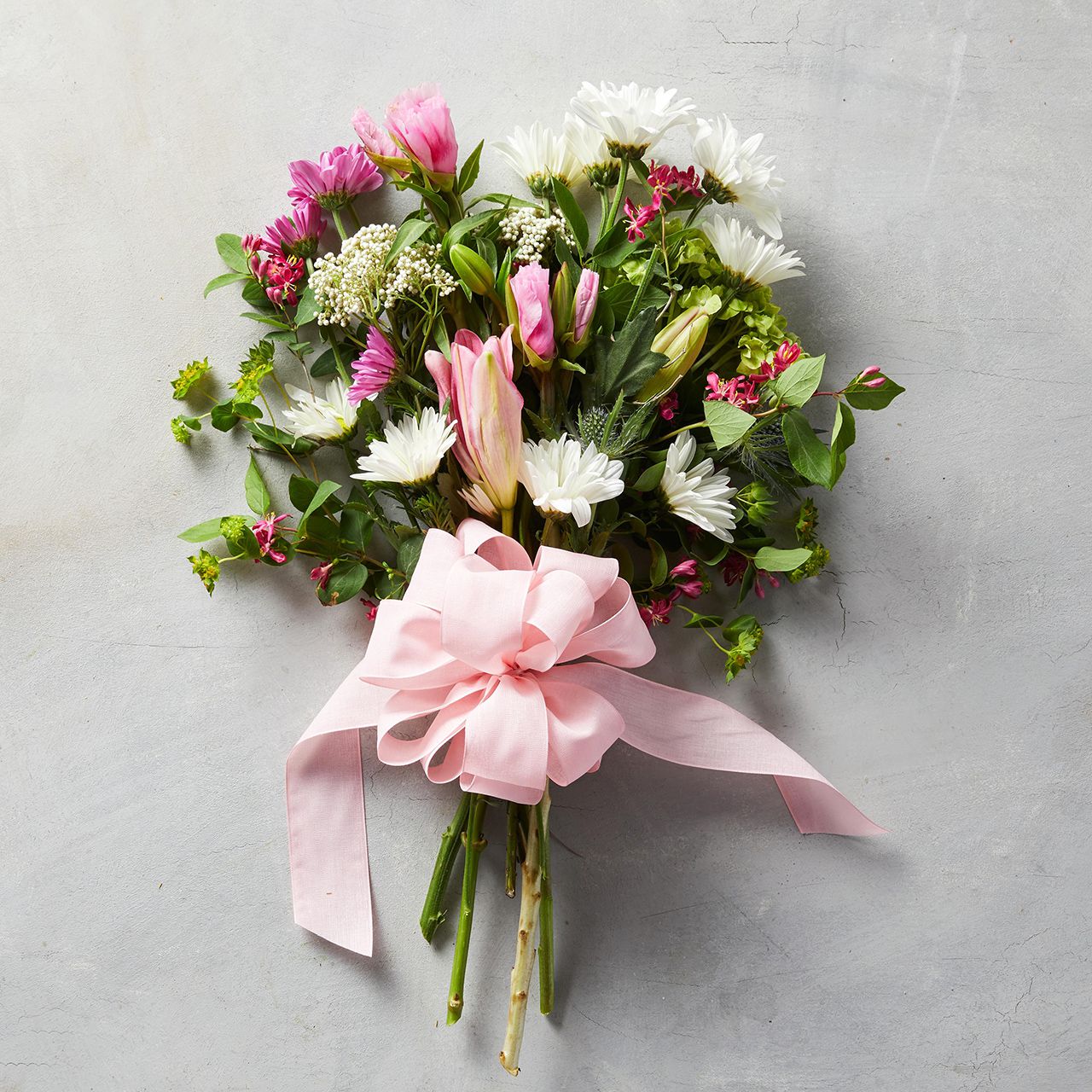
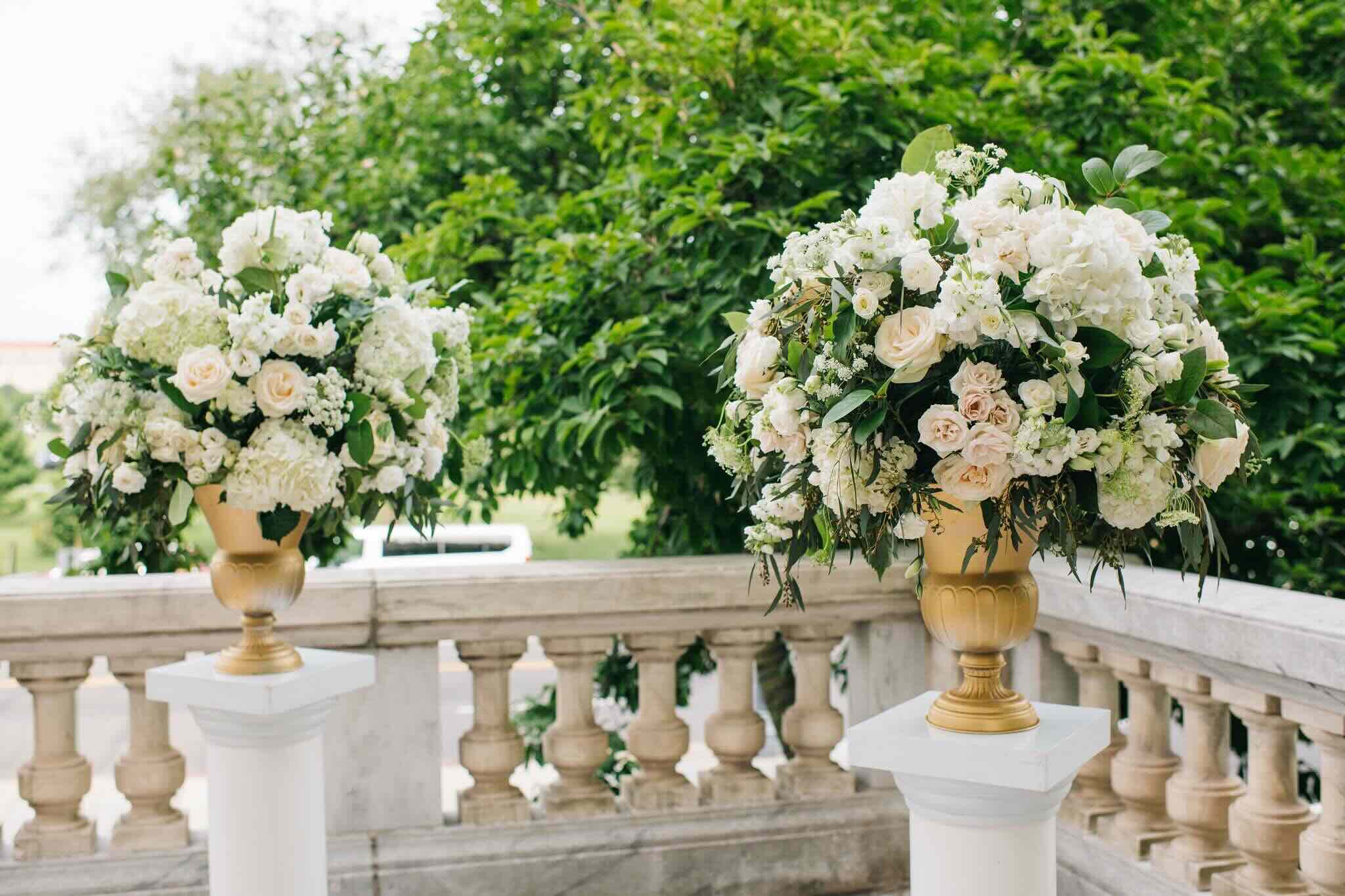
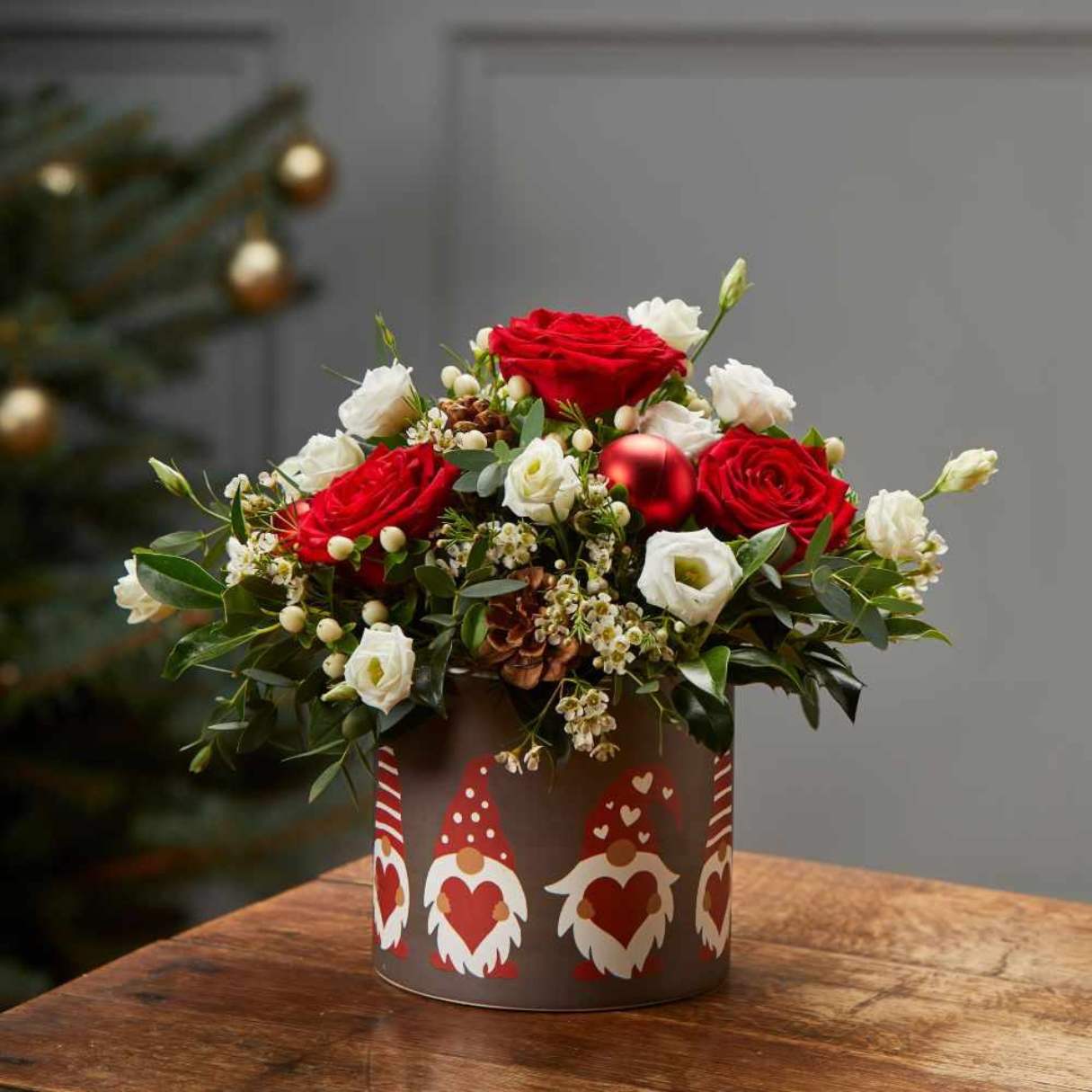
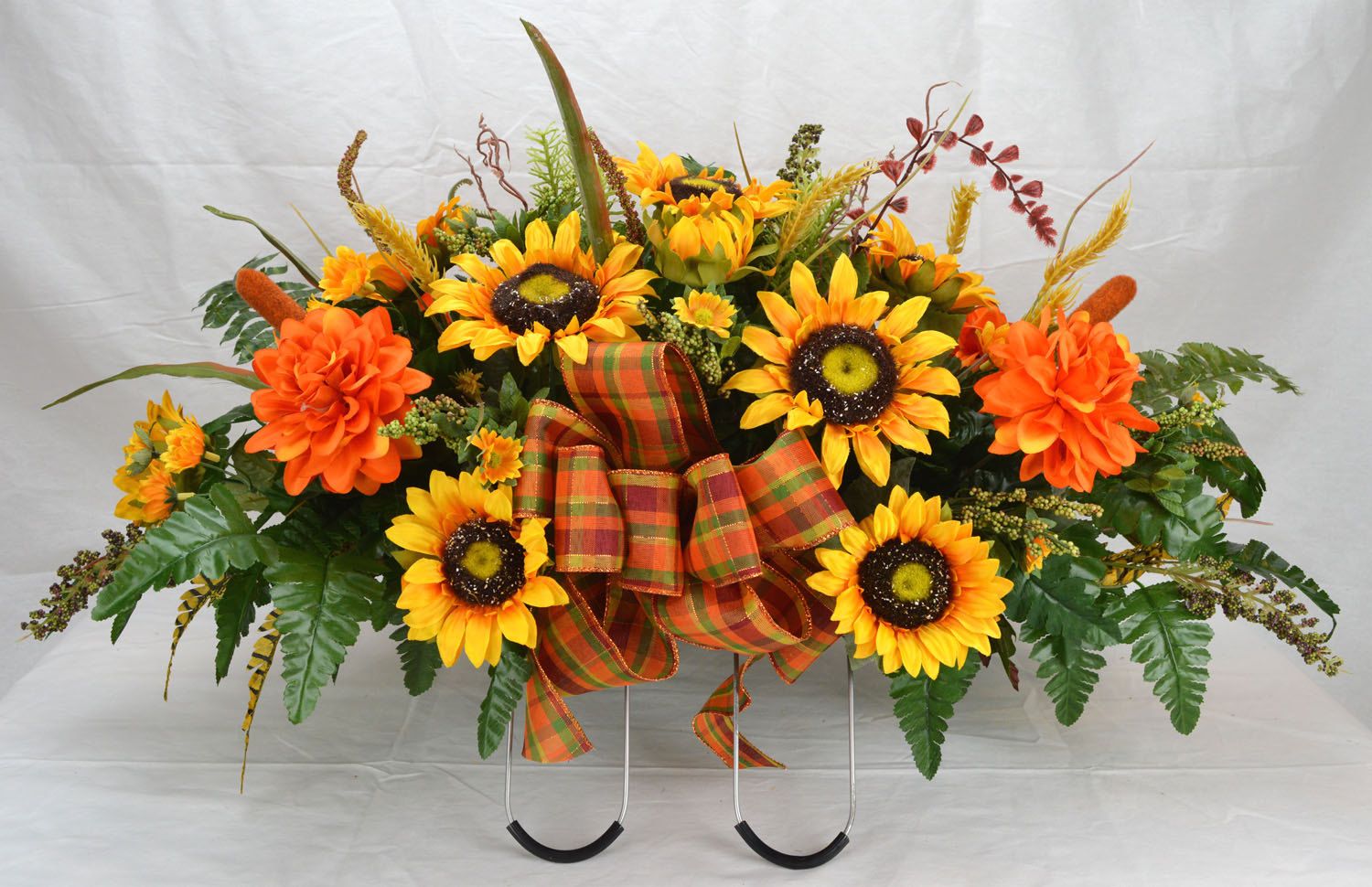
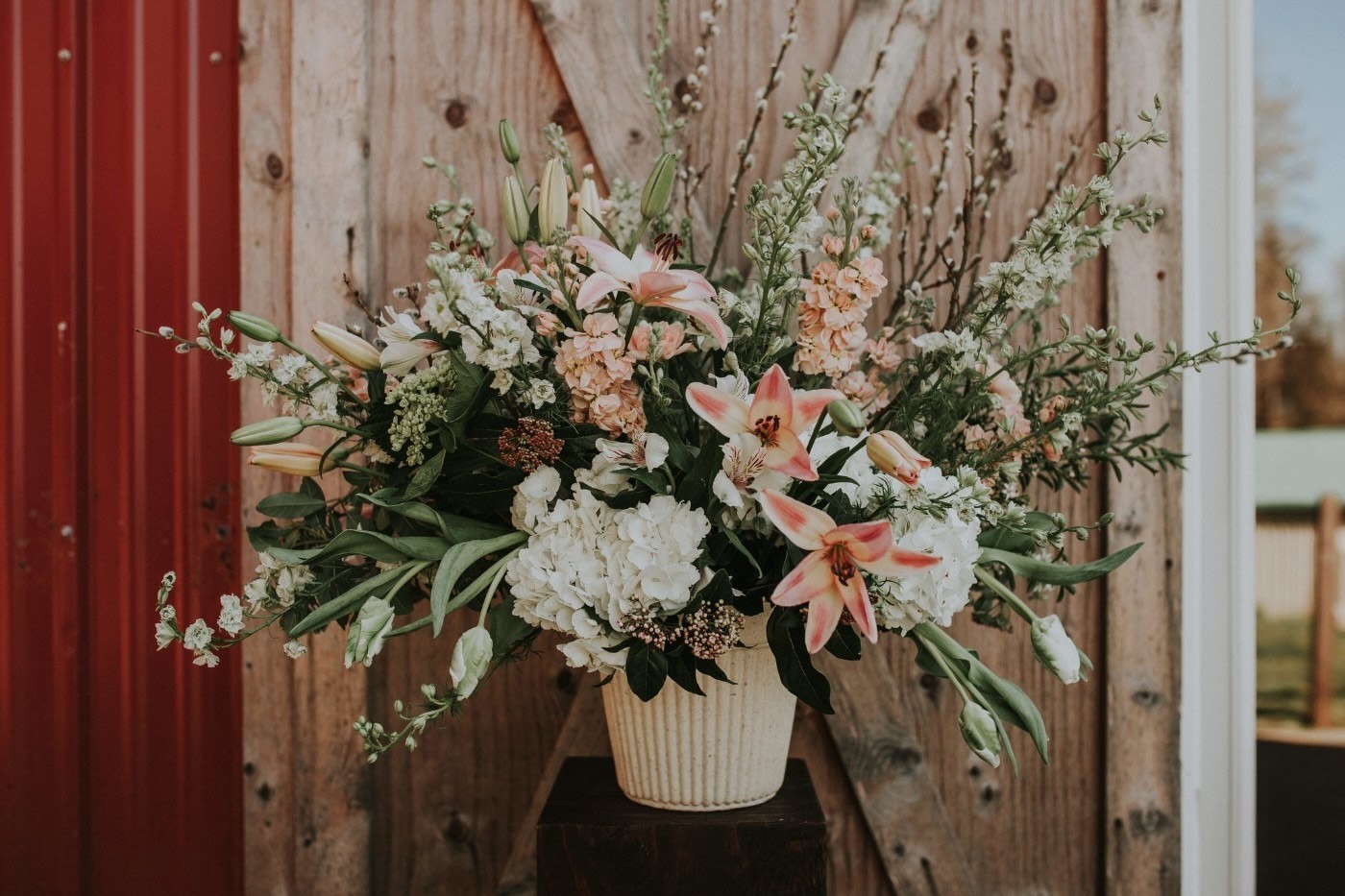
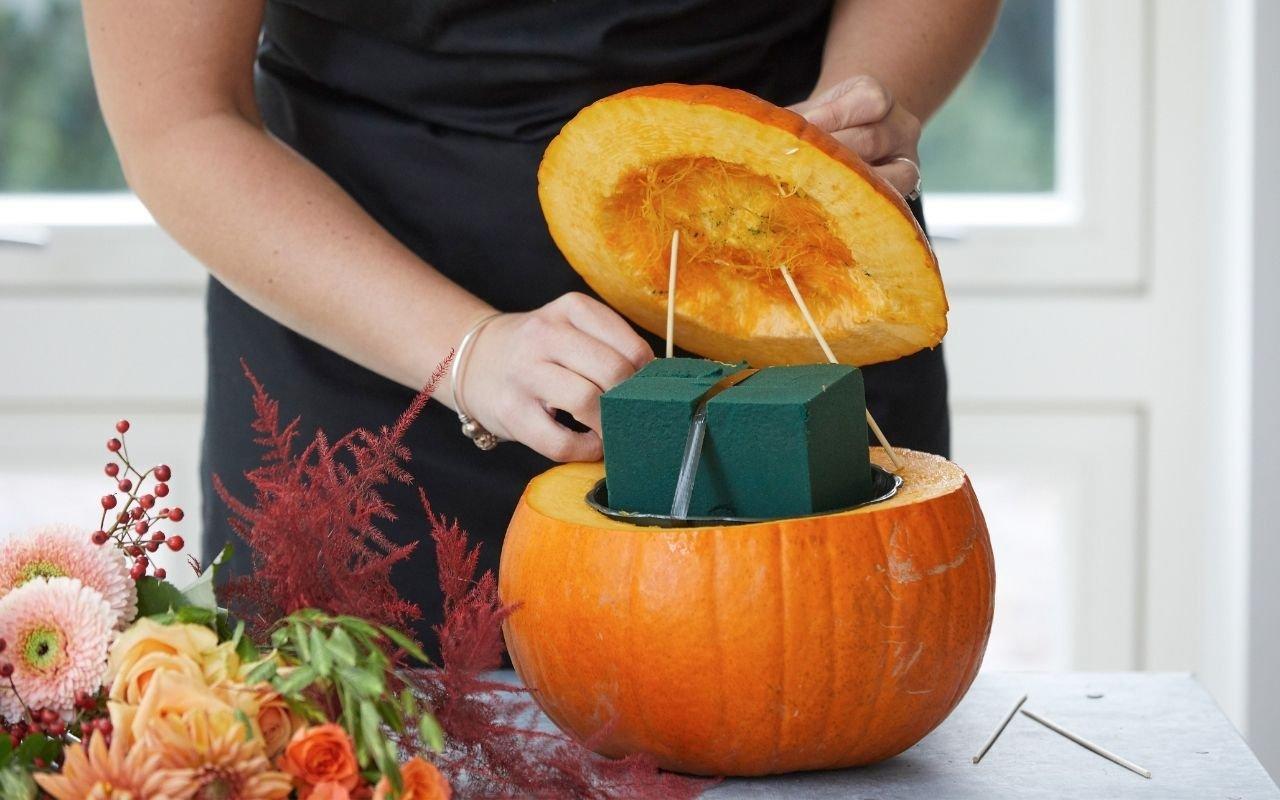
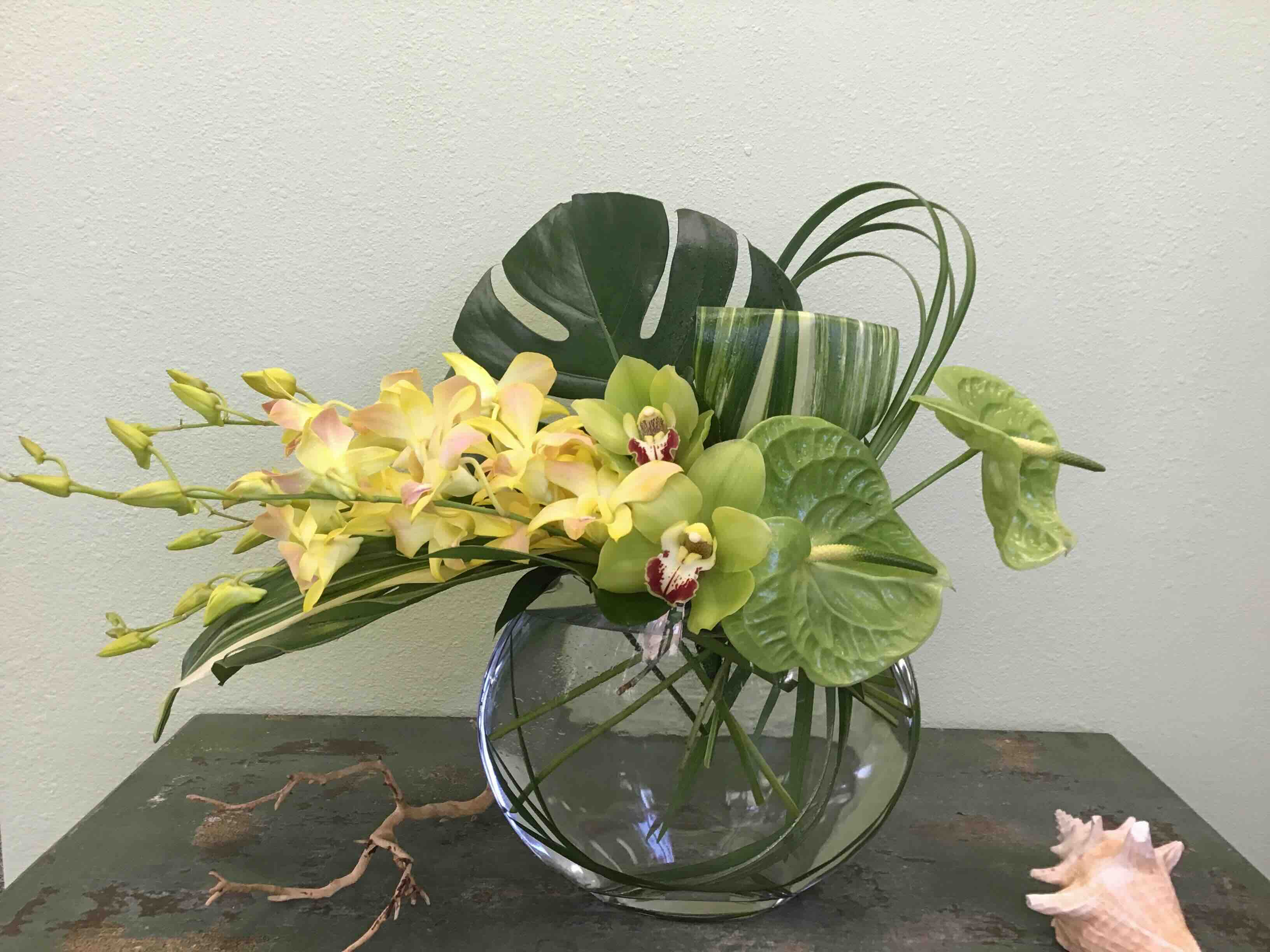
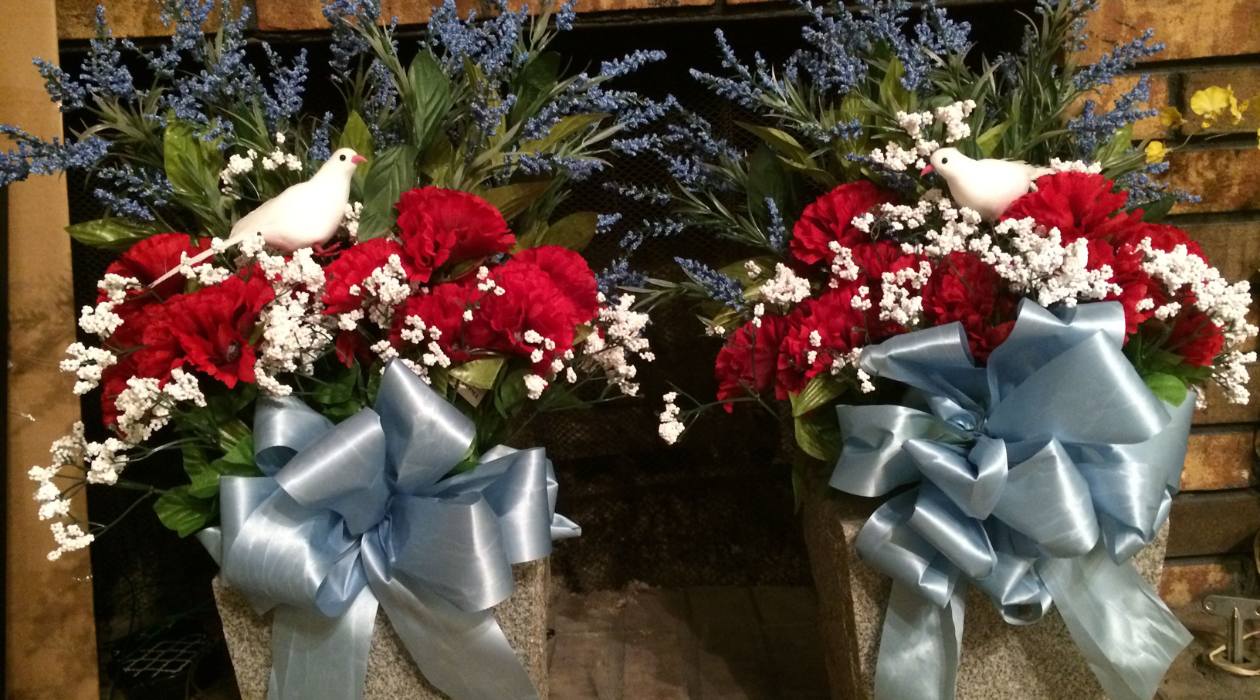
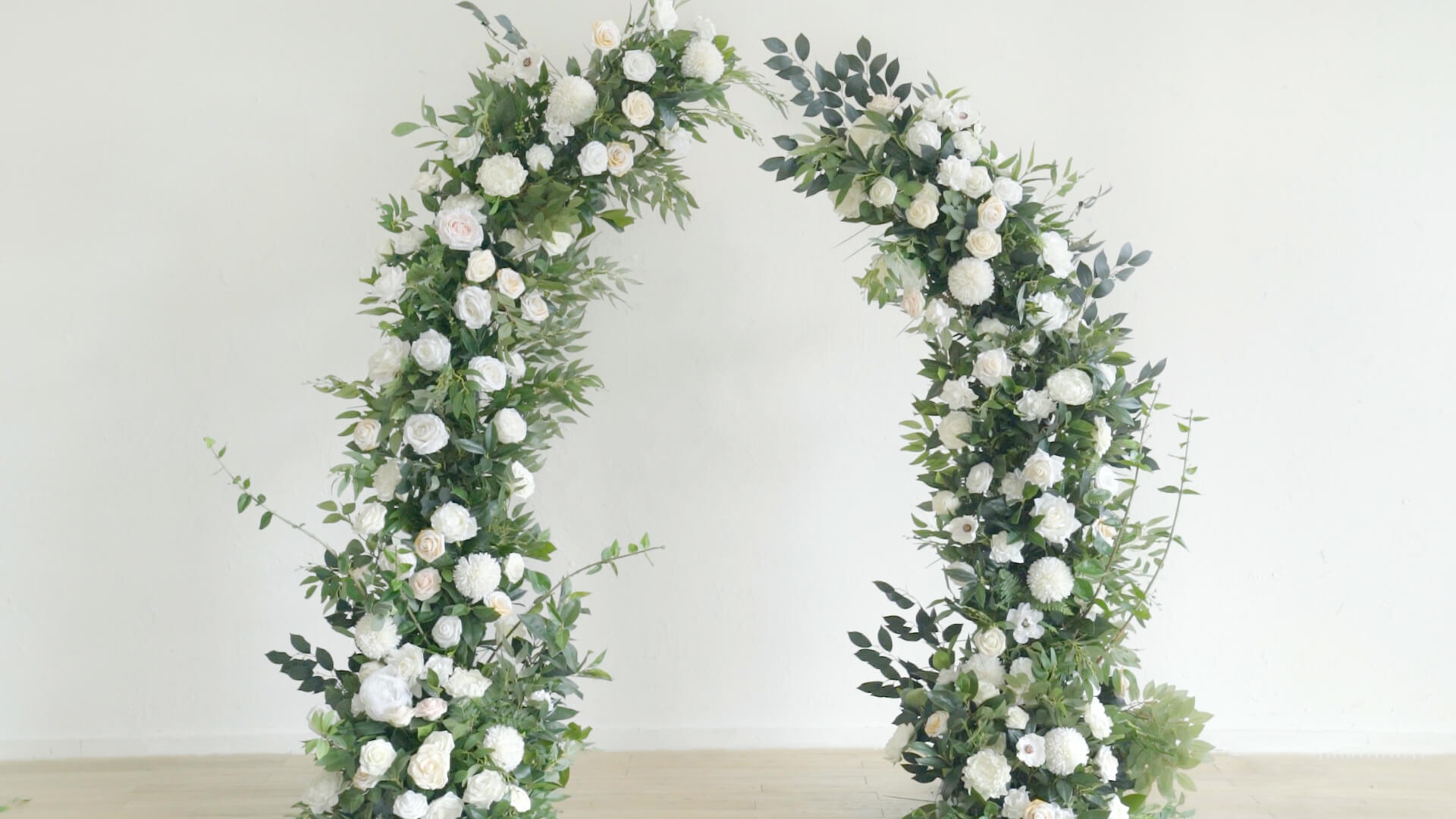
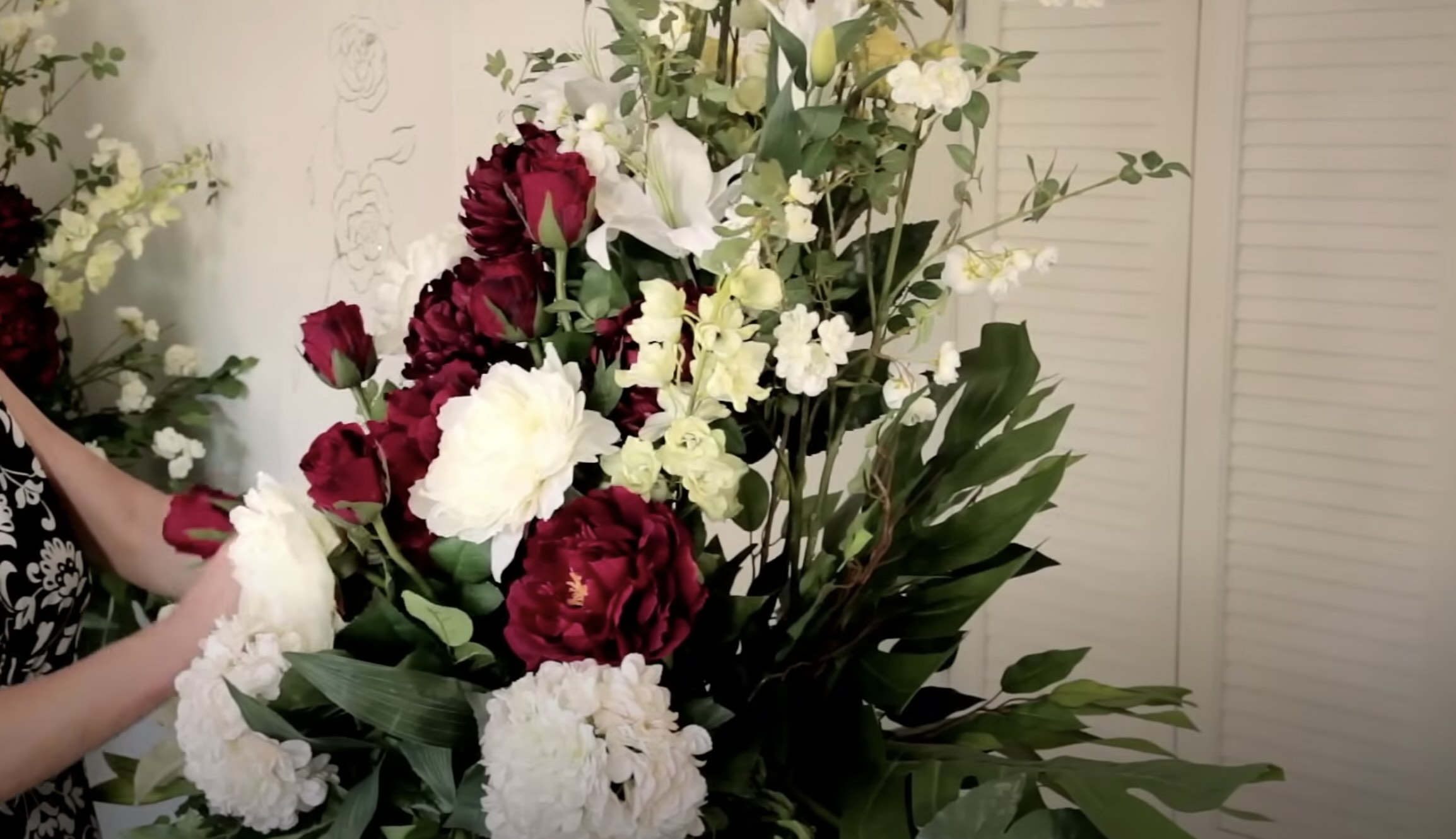
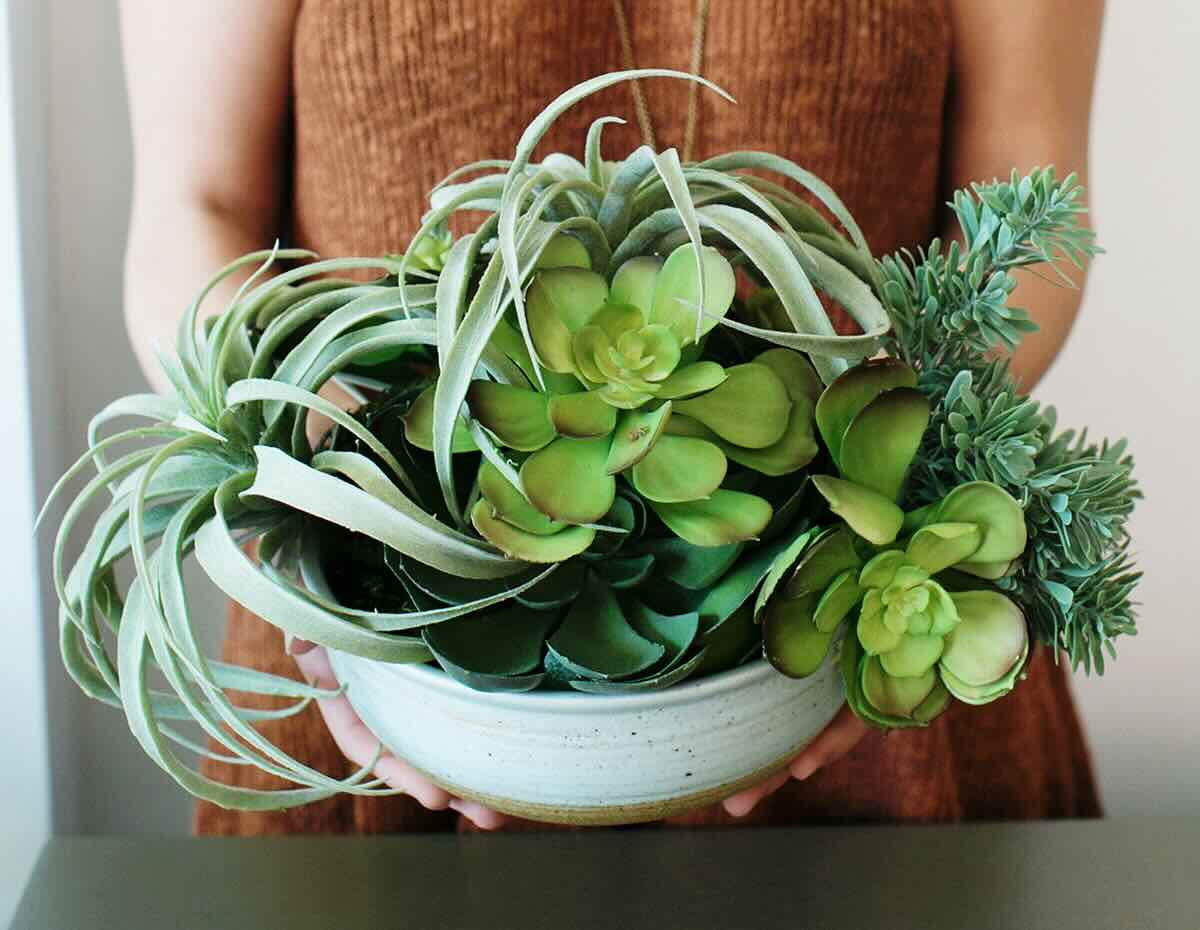
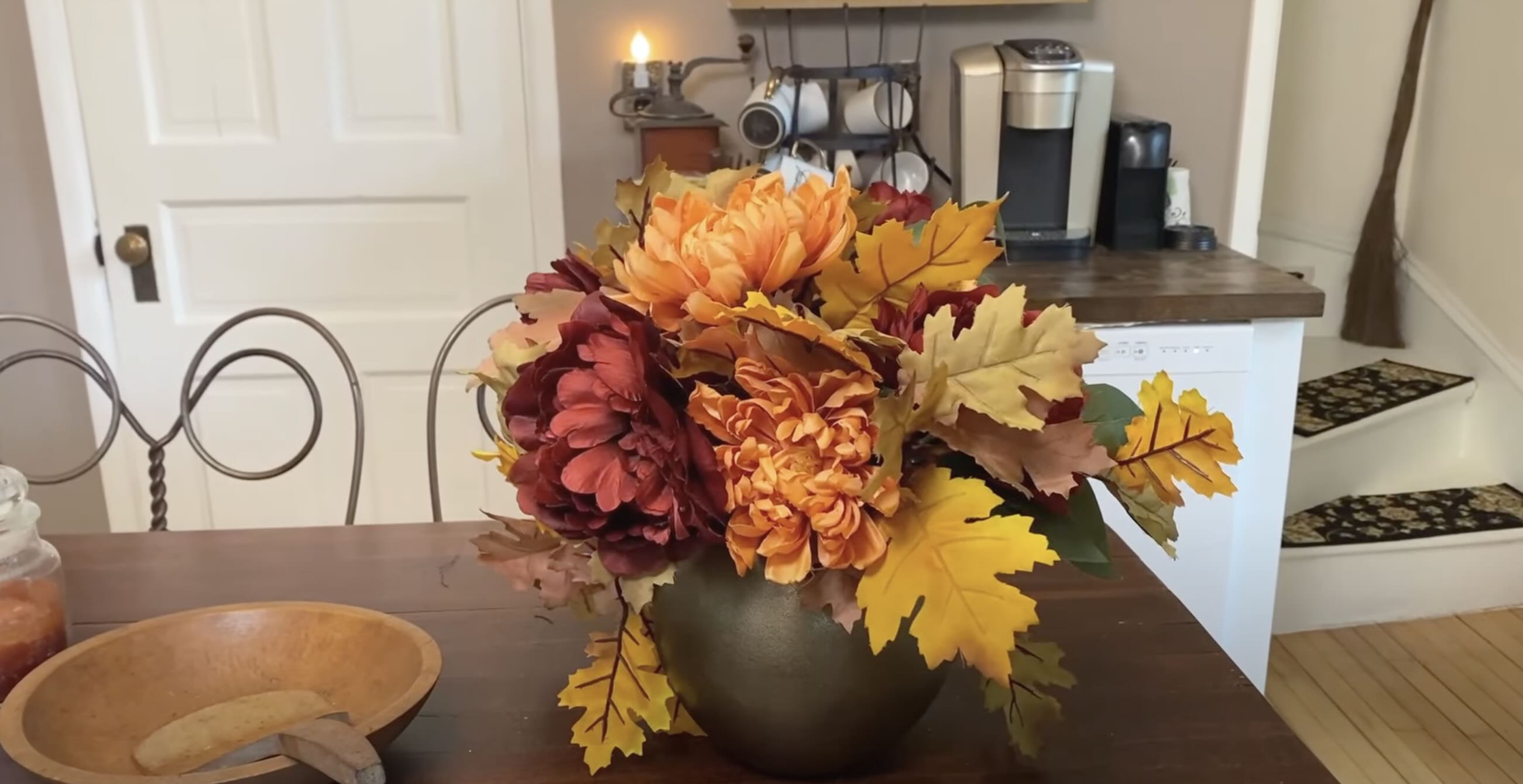
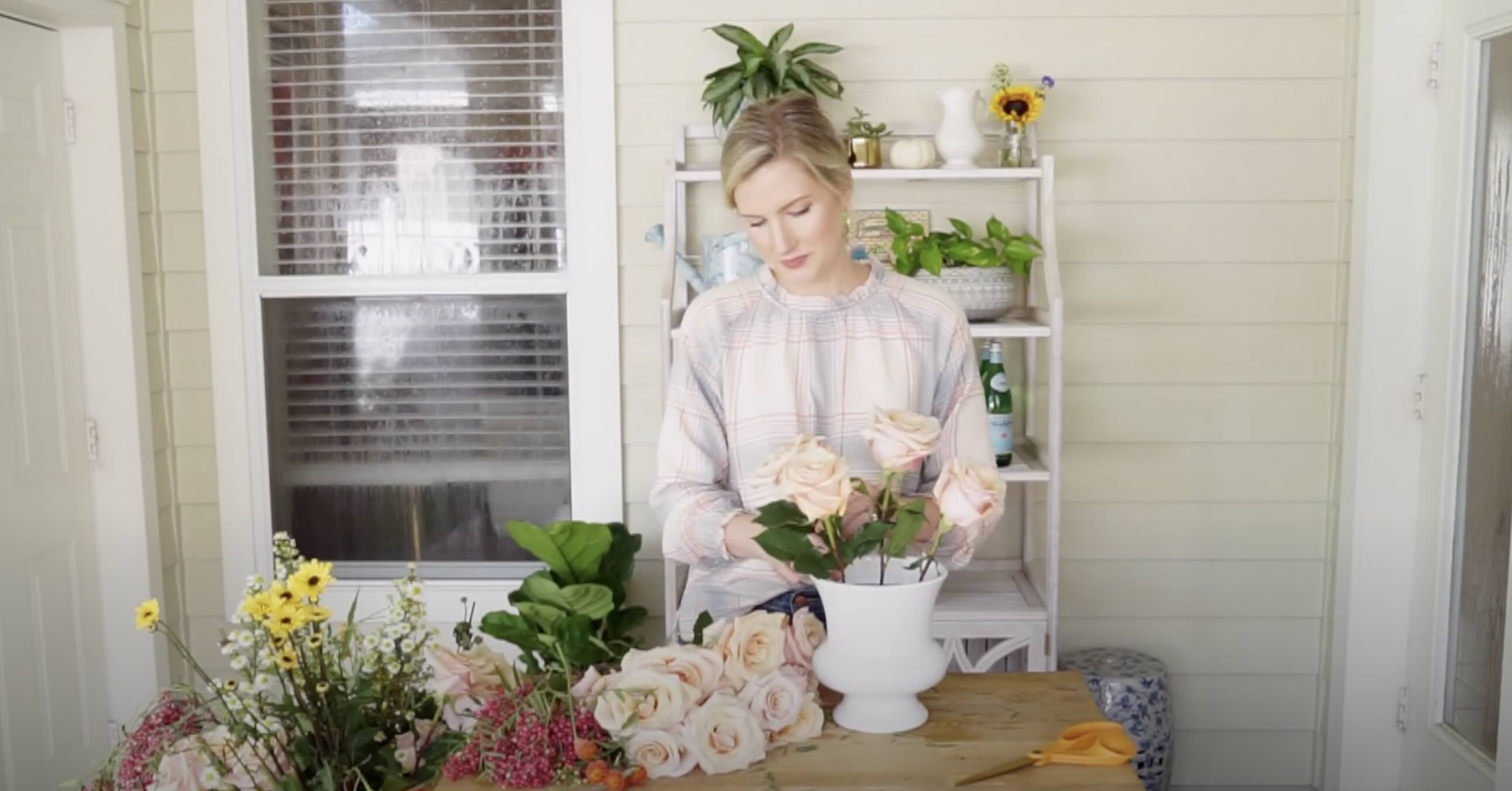
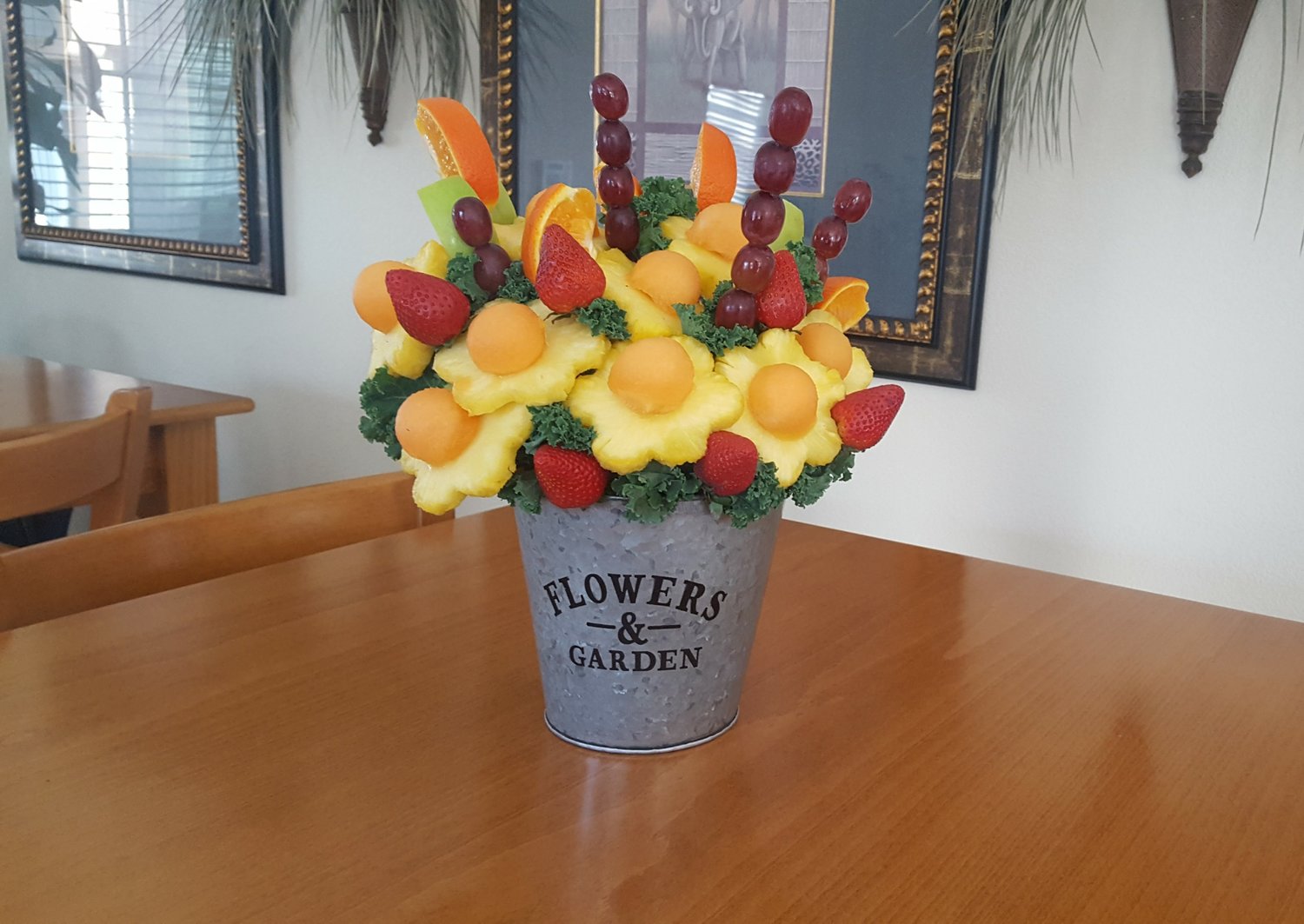

0 thoughts on “How Far In Advance Can You Make Floral Arrangements”